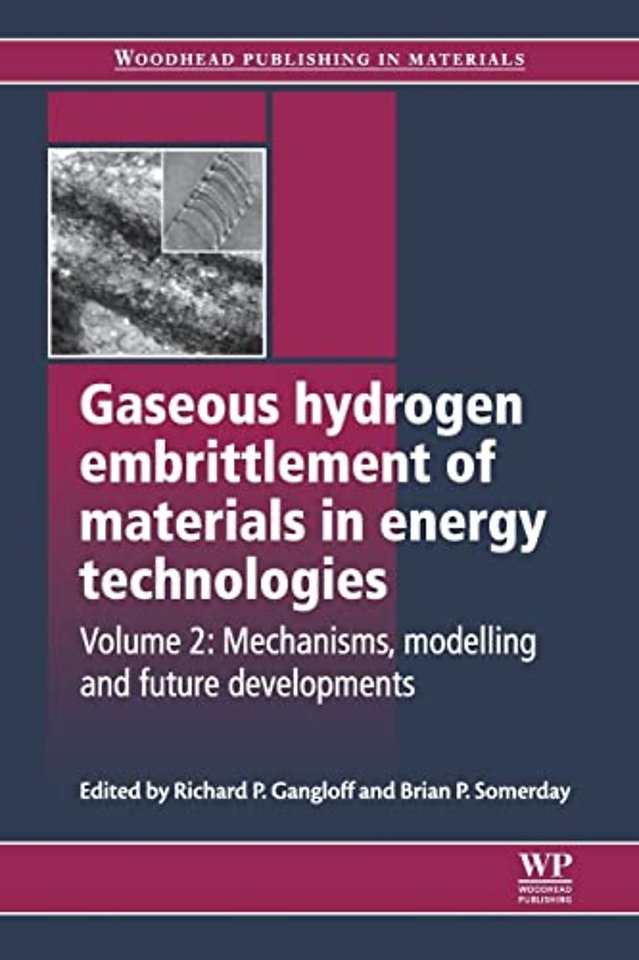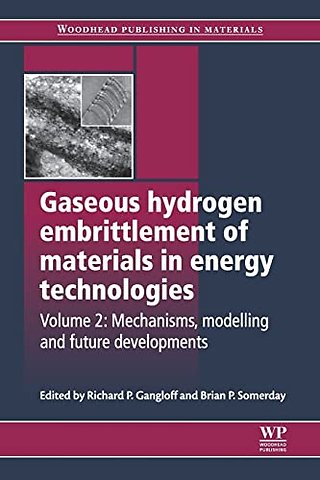Gaseous Hydrogen Embrittlement of Materials in Energy Technologies
Mechanisms, Modelling and Future Developments
Samenvatting
Many modern energy systems are reliant on the production, transportation, storage, and use of gaseous hydrogen. The safety, durability, performance and economic operation of these systems is challenged by operating-cycle dependent degradation by hydrogen of otherwise high performance materials. This important two-volume work provides a comprehensive and authoritative overview of the latest research into managing hydrogen embrittlement in energy technologies.Volume 2 is divided into three parts, part one looks at the mechanisms of hydrogen interactions with metals including chapters on the adsorption and trap-sensitive diffusion of hydrogen and its impact on deformation and fracture processes. Part two investigates modern methods of modelling hydrogen damage so as to predict material-cracking properties. The book ends with suggested future directions in science and engineering to manage the hydrogen embrittlement of high-performance metals in energy systems.With its distinguished editors and international team of expert contributors, Volume 2 of Gaseous hydrogen embrittlement of materials in energy technologies is an invaluable reference tool for engineers, designers, materials scientists, and solid mechanicians working with safety-critical components fabricated from high performance materials required to operate in severe environments based on hydrogen. Impacted technologies include aerospace, petrochemical refining, gas transmission, power generation and transportation.

